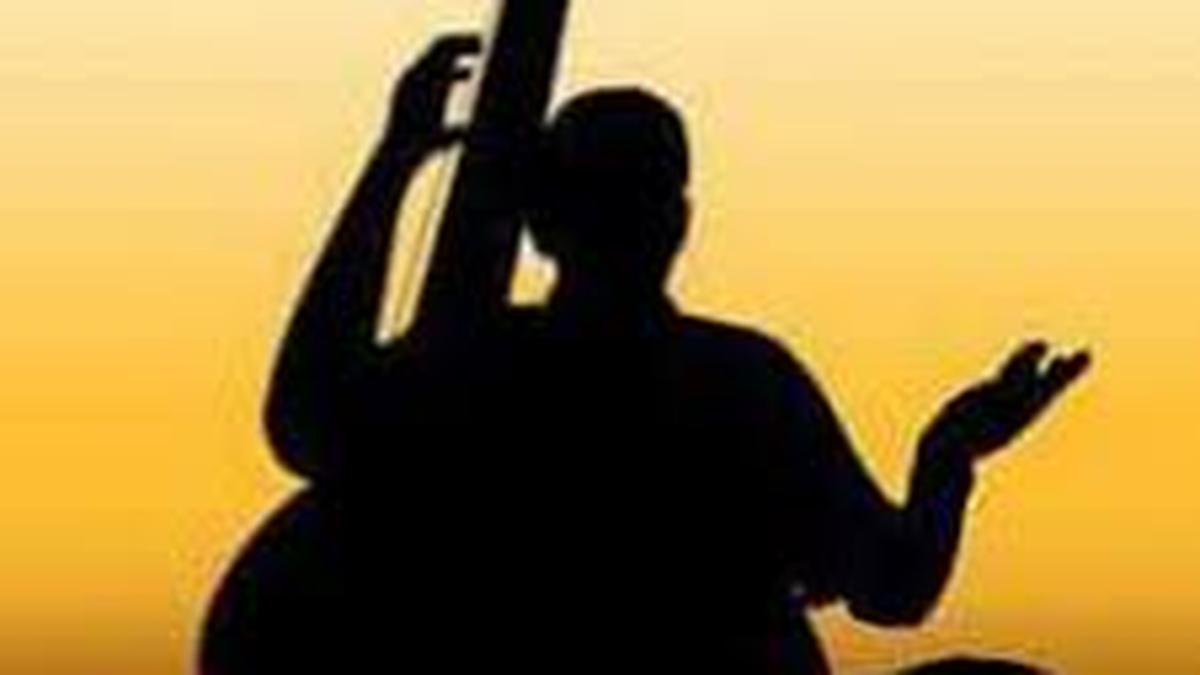
A disturbing trend in Carnatic music
The Hindu
Some current trends that are taking away the essence of Carnatic music
Cricket test matches were once timeless. Then came timed tests and now we play international games within about four hours. Carnatic music saw similar trends in the shrinkage of time. However, not many would have reckoned that it would also mean short-changing of kritis. The penchant for music known as ‘manodharma’ has now reduced concerts to very few songs or kritis. That’s a big change of fortunes for our venerated compositions.
The rasikas always treated manodharma with a sense of awe and musical greatness. That respect continues. However, concerts in recent years have triggered a few questions — what constitutes genuinely creative manodharma? How much manodharma is too much? Is there a herd mentality in pursuing more manodharma, which also means less time for kritis and ragas.
The basic definition of manodharma is the basket that includes raga alapana, neraval, swaras, thanam and pallavi. Enlightened listeners would agree that much of this manodharma is also Kalpita Sangita or rehearsed. Swaras have long been algorithm-led for many musicians. The korvais are more certainly of that variety. Raga alapana can be very innovative as some musicians show. But many have a Microsoft approach to it — cut and paste. So, you may hear a 15-minute Kamboji alapana that has cliches, repetitions and meander for 12 minutes and a few spots that invoke nods and chuckles. Much of that 12 minutes therefore, is wasted time. Similarly, one can sing or play a first speed neraval (similar or different) for up to 15 avarthanams of an Adi tala structure and then the rapid strokes. The clock would have moved 15 or 20 minutes just during the neraval. Many musicians think that the length of time for each manodharma exhibition tantamounts to more musical wizadry. It is reinforced by manufactured moments that invite grand applause. The end always justifies the means, as they say.
This pattern needs some discussion and musicians’ reflection. What this means is that we do not have concerts with more than seven or eight pieces in about two and half hours — the lower bookend is three or four.
Concerts by yesteryear masters typically had 15 to 20 pieces and manodharma was never in short supply. Even some like GNB, who is considered a pantheon of manodharma, packed in many songs amidst elaborate creative alapanas. The range of flavours that listeners look for via different ragas, compositions, tempos, talas and lyrical values are now in danger of being sacrificed at the altar of manodharma .
In private conversations with some present-day musicians, a few things emerged. The competitive spirit has taken over. ‘If X can do it, I can do it too’ is an argument one hears. It is a race in the name of manodharma. There is also a FOMO (fear of missing out) syndrome that has resulted in contrived swara patterns that Hungarian mathematicians would be proud of; or singing or playing a non-mainstream raga for 20 minutes. Audiences are also now conditioned to deliver a thunderous applause after every long exercise. It thus becomes a self-fulfilling prophecy. There is a humorous quip that some musicians ‘also’ sing kritis.
The stretched manodharma is great for practice and training, but diminishes the allure in performance context. How does one cut the chase? An efficiency audit will help. Take out the 15-20 minutes of repetition or non-value-addition in manodharma in a concert and supplant it with kritis of good standing — this is very doable.













